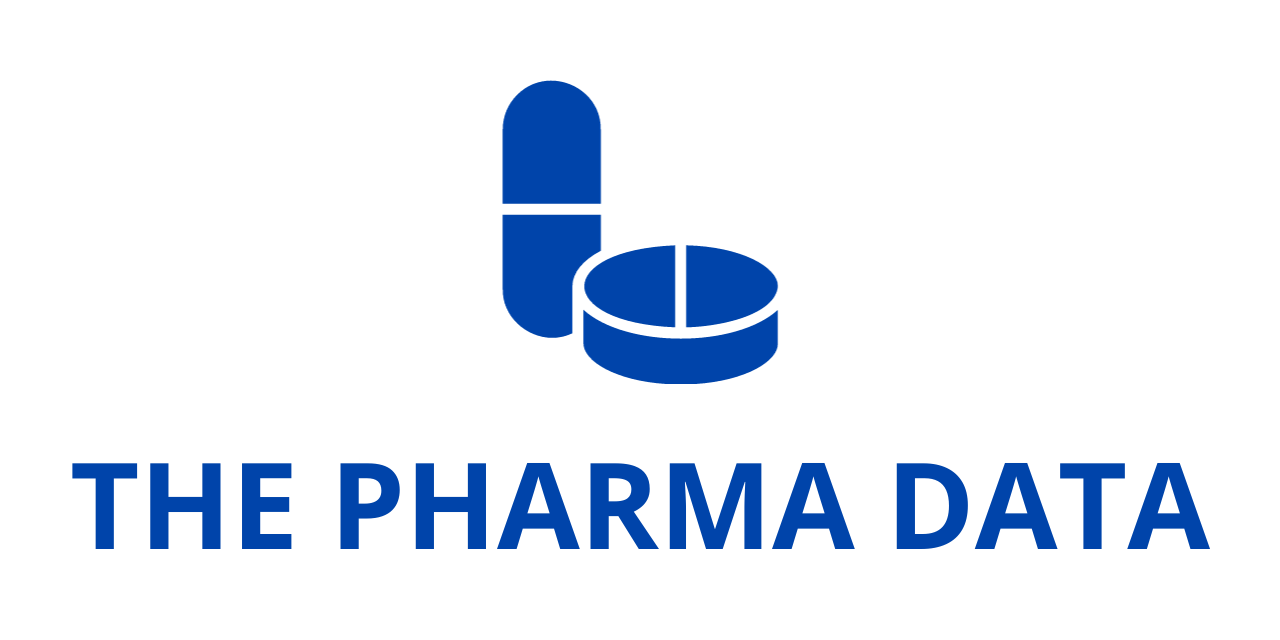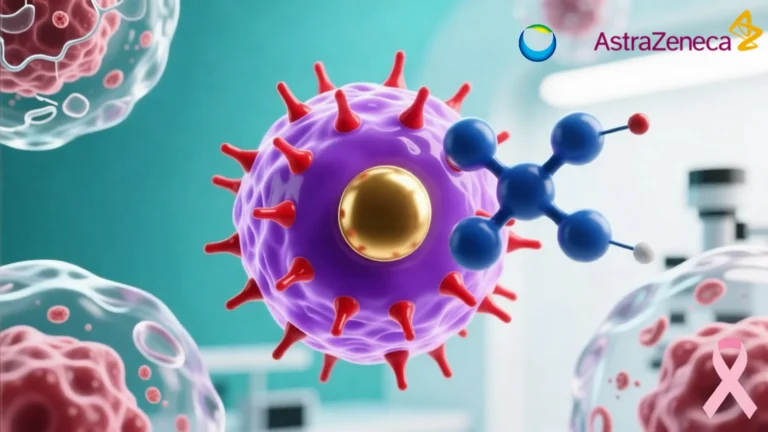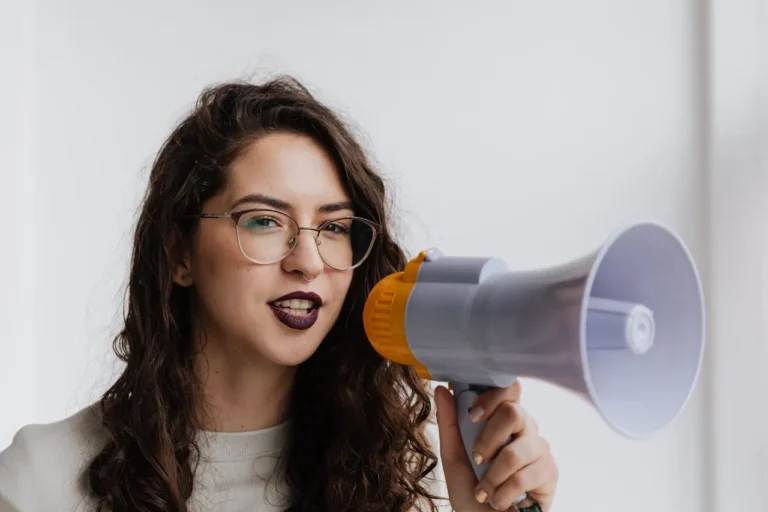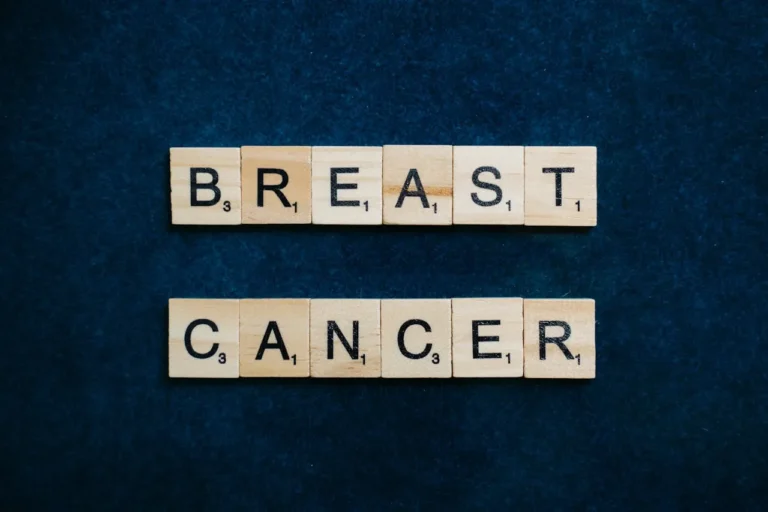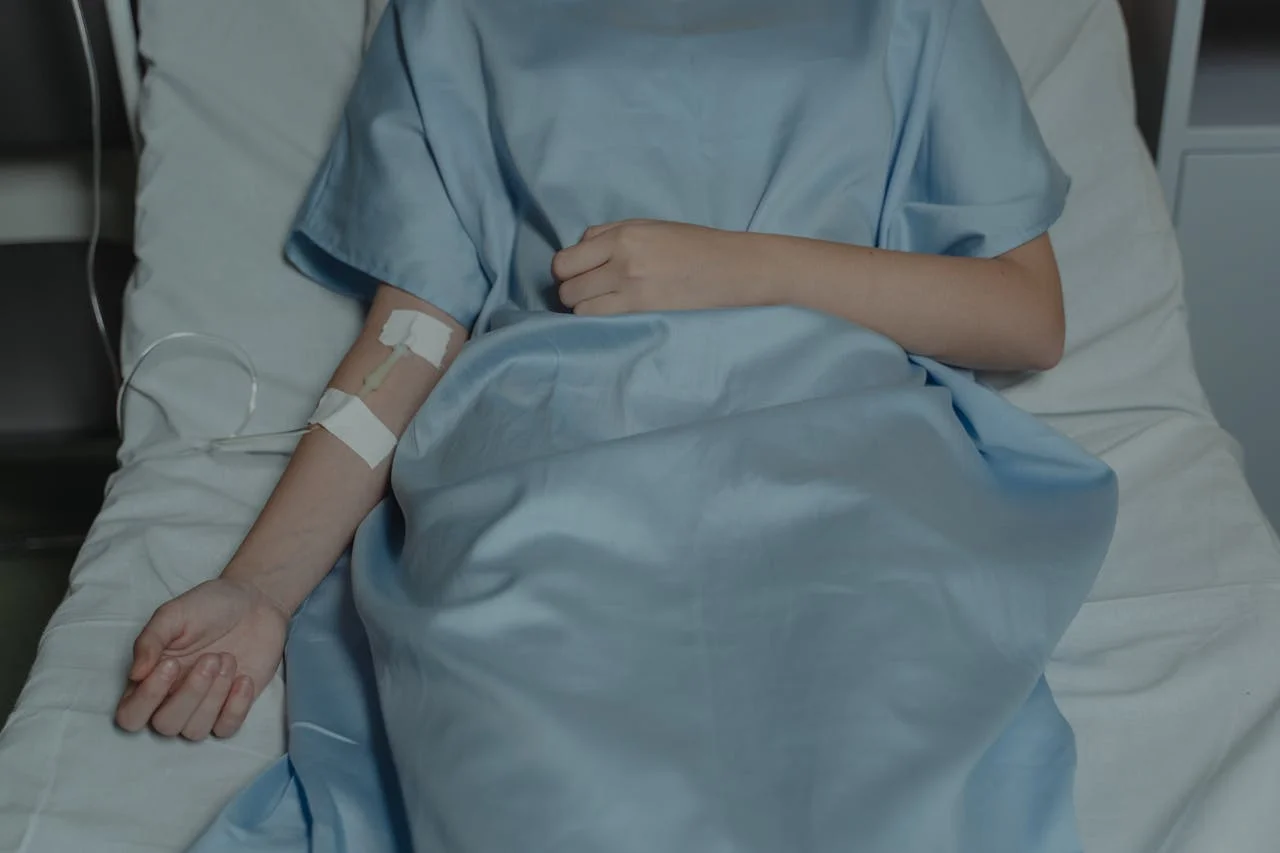
In 2017, Maria Morais began experiencing severe abdominal pain, which led to gall bladder surgery. However, when the procedure failed to alleviate her discomfort, follow-up tests revealed alarmingly high liver enzyme levels. As a registered nurse, Maria recognized that something was seriously wrong.
“I was constantly exhausted, no matter how much rest I got,” she recalls.
Further testing culminated in 2018 with a fibroscan performed by a hepatologist, diagnosing her with primary biliary cholangitis (PBC), a rare autoimmune liver disease. The National Institutes of Health estimates that 130,000 people in the U.S.—primarily women—suffer from this debilitating condition, which, if untreated, can lead to chronic liver disease.
“Receiving the PBC diagnosis was a huge shock,” Maria says. “It was ironic because, as a nurse focused on public health and disease prevention, I never expected to face such a challenge myself.”
Initially classified as stage 1, Maria’s condition rapidly worsened. She endured severe itching, a common symptom of PBC, and her immune system began attacking her bile ducts, causing inflammation and scarring. As her liver damage intensified, she experienced fluid accumulation in her abdomen, necessitating weekly medical drainage.
“Liver diseases can often be invisible, but I was gaining and losing 20 pounds of fluid weekly. It felt like being pregnant repeatedly,” Maria remembers.
The relentless itching and visible symptoms led to isolation as people mistakenly feared her condition was contagious. Her worsening symptoms made daily life increasingly difficult.
“I began to question whether this would be my life,” she says. “My 12-year-old son saw me despondent on the couch every night, unable to engage with him.”
In late 2020, Maria was referred for a liver transplant. The following summer, a friend, who had lost her husband to colon cancer, generously donated 60% of her liver. Within three months, Maria’s new liver had fully regenerated.
“She gave me life,” Maria says, naming the donated liver Lola. She spent months meditating and speaking to Lola to support the organ’s growth and health.
Maria’s journey from diagnosis to transplant has transformed her into a passionate patient advocate and peer counselor for those with rare liver diseases. She speaks about her “new 100%” and is dedicated to working with patient advocacy groups to share her story.
“There are significant gaps in treatment options for PBC,” Maria emphasizes. “We need more medicines and research to address the itching, fatigue, brain fog, and fluid build-up.”
Until these gaps are filled and a cure is found, Maria remains committed to raising awareness and encouraging others to “keep fighting the fight.
